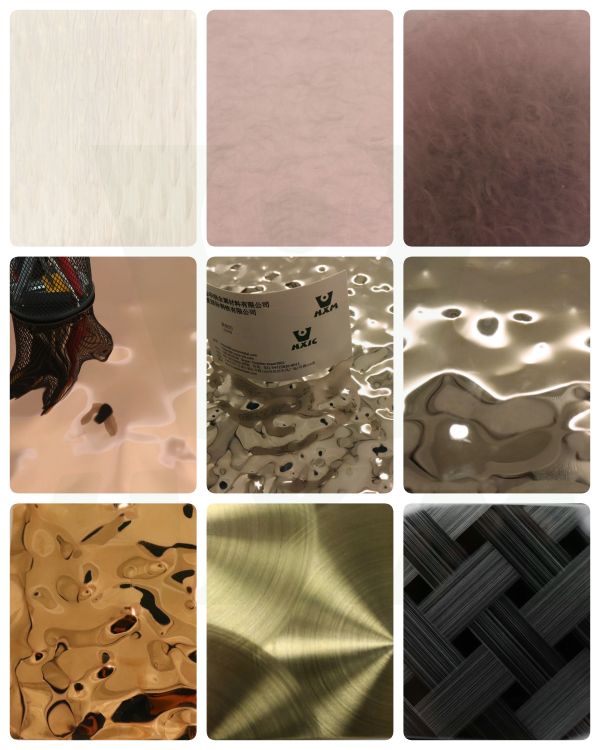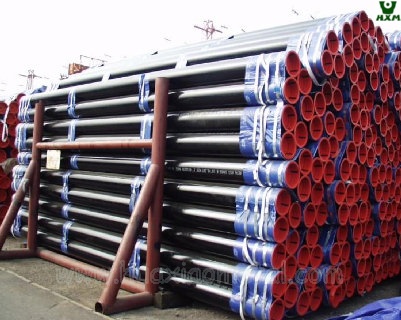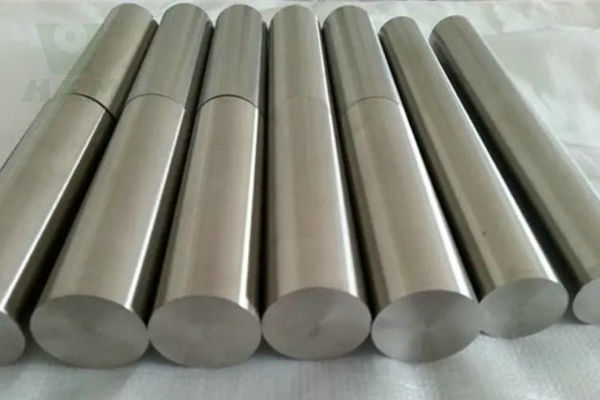Regarding stainless steel, is your first impression still that it only comes in one color? For example, stainless steel dishes and dishes, or is it the impression that stainless steel can only appear in heavy industry applications? But in fact, stainless steel can be seen everywhere in my mother’s life, such as the bronze doors of hotels, such as rose gold screens in home decoration, such as landscape basins in some courtyards… So the question is, how to achieve such colors of stainless steel Various, the editor will tell you about the coloring treatment of stainless steel colored plates.

5 Methods of Coloring Stainless Steel
There are five common ways to stain stainless steel. They are chemical oxidation coloring, high-temperature oxidation coloring, electrochemical oxidation coloring, gas phase cracking coloring, and ion deposition oxide coloring.
1. Chemical Oxidation Coloring Method
This coloring method of stainless steel refers to the color of the film formed by the chemical oxidation of stainless steel in a specific solution, including the dichromate method, mixed sodium salt method, vulcanization method, acid oxidation method, and alkali oxidation method.
2. High-Temperature Oxidation Coloring Method
This method of coloring stainless steel is to maintain the stainless steel soaked in a specific molten salt under certain process parameters so that the stainless steel forms an oxide film of a certain thickness and presents various colors.
3. Electrochemical Coloring Method
This method is relatively simple. Stainless steel is colored through electrochemical oxidation, forming the color of the film in a specific solution.
4. Vapor Phase Cracking and Coloring Method
This stainless steel coloring method is rarely used in industry because the process is complicated and troublesome.
5. Ion Deposition Oxide Coloring Method
This method of coloring stainless steel is to put the stainless steel into a vacuum coating machine for vacuum evaporation. This method is suitable for processing large quantities of products. Because of the large investment and high cost, small-batch products are not cost-effective.
After the stainless steel is surface oxidized and colored in a special chemical coloring solution, it appears in various colors. This is not caused by the coloring of the surface coating but by the interference of light.

According to the principle of stainless steel coloring, it can be known that color changes on the surface of stainless steel are caused by changes in the composition of the surface oxide film. Therefore, no matter which stainless steel coloring method is used, attention must be paid to the control of time and potential.








